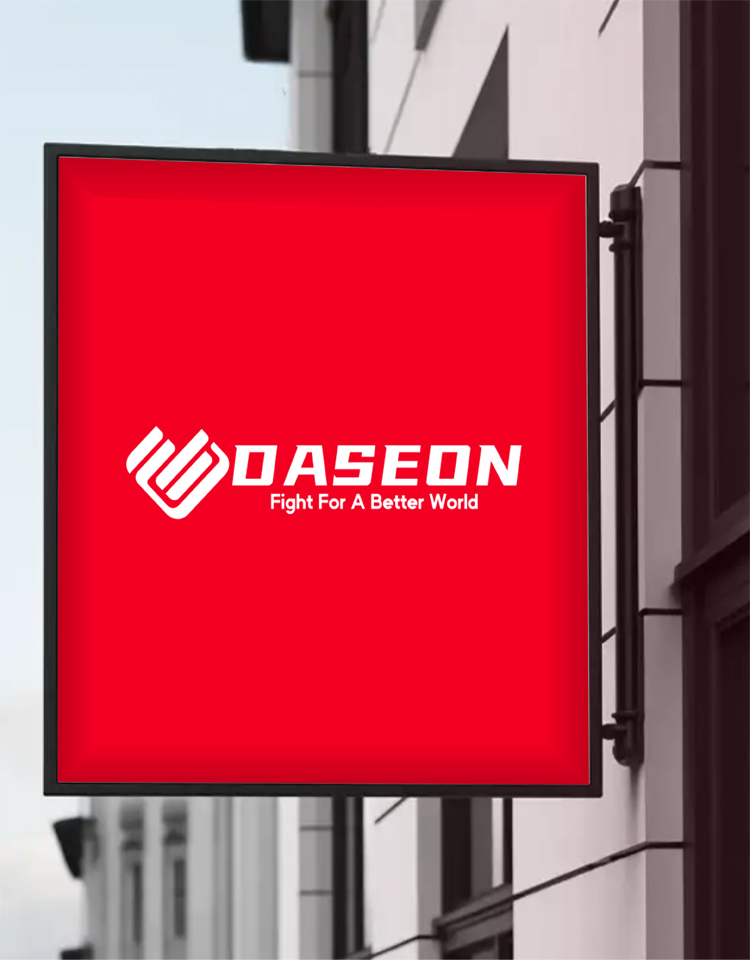Email format error
Email cannot be empty
Email already exists
6-20 characters(letters plus numbers only)
The password is inconsistent
Email format error
Email cannot be empty
Email does not exist
6-20 characters(letters plus numbers only)
The password is inconsistent


Why “Made in USA” iPhones Face Tough Challenges
Introduction
In the global smartphone market, many have wondered if producing the iPhone entirely in the United States could be a viable option. “Made in USA” has a certain appeal—symbolizing quality, brand value, and patriotism. However, from manufacturing costs to die casting processes, the reality is far more complex. This article will explore the core factors preventing Apple’s flagship product from fully shifting its production lines to the U.S.

1. Cost and Labor Considerations
One of the biggest barriers to manufacturing the iPhone in the U.S. is the high labor cost. Skilled labor in the electronics field demands higher wages, which would likely raise the retail price of the flagship device. While “Made in USA” may strengthen brand recognition, it does not necessarily compensate consumers for the increased cost. Meanwhile, supply chain networks in Asia have been optimized over many years, making it difficult for a U.S.-based facility to match the same cost-efficiency.
2. The Importance of Specialized Machinery & Production Lines
Producing smartphones, especially the iPhone, involves delicate processes like die casting and precision engineering. Modern production lines require specialized cold chamber die casting machines and hot chamber die casting machines to ensure structural integrity and consistent output. Currently, most of these cutting-edge machines and supply-chain support are clustered in Asia, making it challenging to replicate the same efficiency and output in the U.S.

3. Political and Policy Factors
Some prominent U.S. leaders and executives have expressed their wish to bring production home for both economic and symbolic reasons. Yet, policy incentives, tariffs, and the availability of raw materials all impact the feasibility of “Made in USA.” Shifts in policy can spark new opportunities, but they can also introduce uncertainty. Establishing a stable ecosystem that supports consistent manufacturing output is a lengthy process, and not something that can be achieved overnight.
4. The Role of a Well-Structured Supply Chain
The iPhone’s manufacturing efficiency also stems from a highly developed component supply chain. From microchips to screens, many of these parts come from an extensive network of suppliers predominantly located in Asia. Replicating or relocating these operations to the U.S. would require major investments in infrastructure, logistics, and consistent material sourcing. This interconnected ecosystem underscores why “Made in USA” remains a lofty challenge for iPhone production.

5. Mechanization, Automation, and Die Casting Solutions
When it comes to large-scale smartphone assembly, automation helps optimize workflow. Machinery like die casting equipment is crucial for shaping frames and internal metal components. In many cases, U.S.-based manufacturing would need to rely on the same or similar machinery currently used overseas. Companies such as Dongguan Daseon Industry Co., Ltd.—founded in 1997—have been specializing in R&D, manufacture, and sales of cold chamber die casting machines, hot chamber die casting machines, and other peripheral equipment. Access to these machines is vital for any large-scale smartphone manufacturing endeavor.
6. Prospects for Future Innovation
While relocating the entire production process to the U.S. faces obstacles, it is possible to implement partial assembly or specialized component production domestically. Some high-value processes—like advanced chip design or specialized prototype production—can be done in the U.S. for quality control. However, core large-scale assembly will likely remain in regions with robust supply chains, cost advantages, and well-established manufacturing networks.
Conclusion
In summary, the dream of manufacturing a fully “Made in USA” iPhone runs up against cost, infrastructure, and supply chain realities. Although symbolic value and potential policy support may be appealing, the technicalities of producing a device as complex as the iPhone often outweigh purely nationalistic ambitions.
To learn more about state-of-the-art die casting machinery integral to global electronics production, you can visit Dongguan Daseon Industry Co., Ltd. Their expertise in cold chamber and hot chamber die casting machines provides a glimpse into how modern manufacturing needs are fulfilled worldwide.
SEO Tags:

